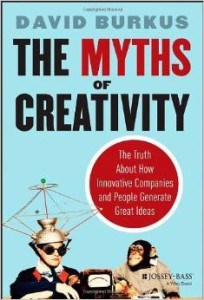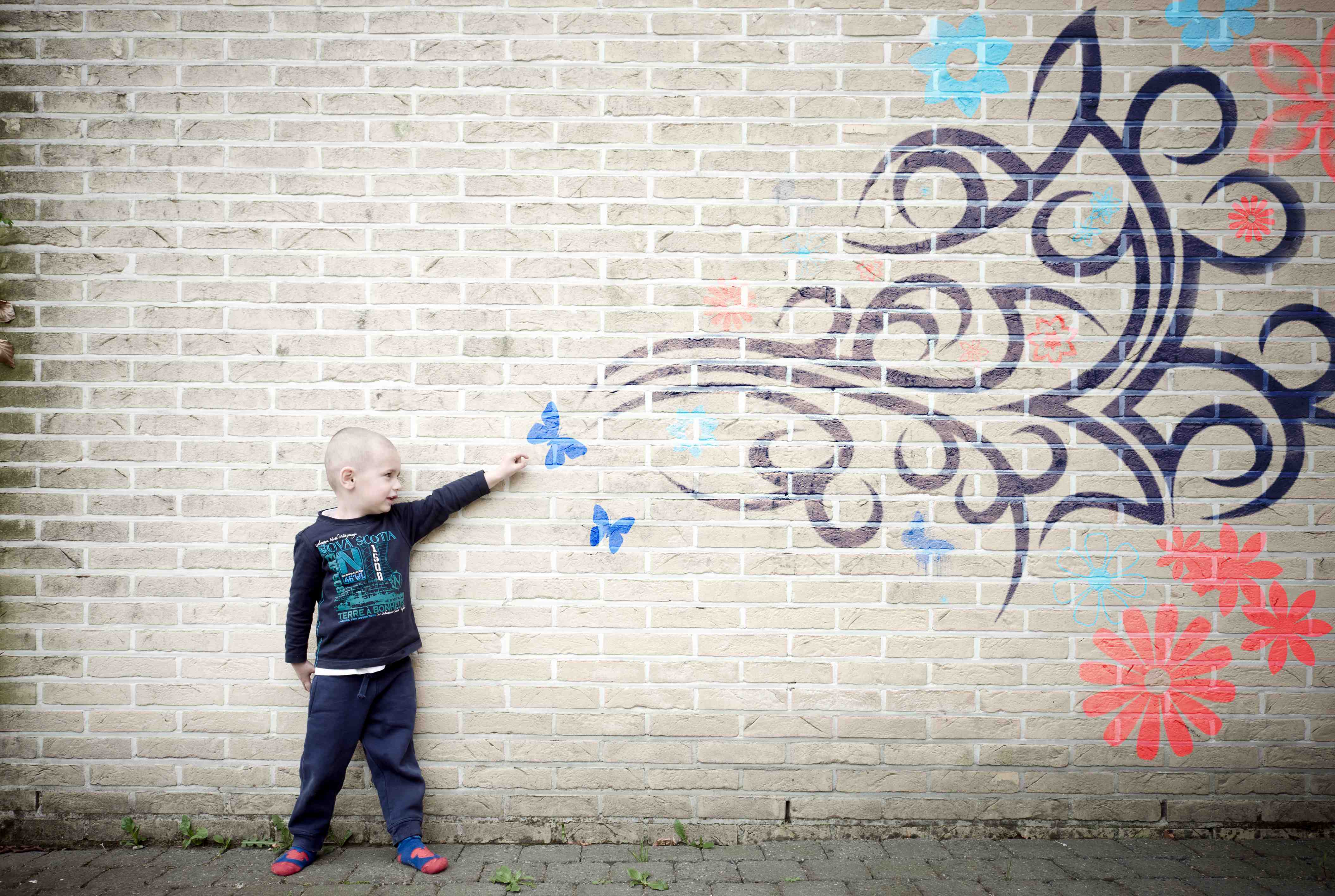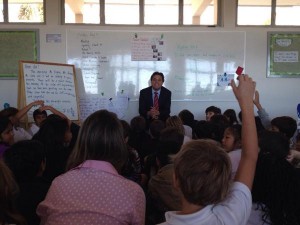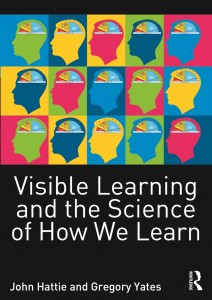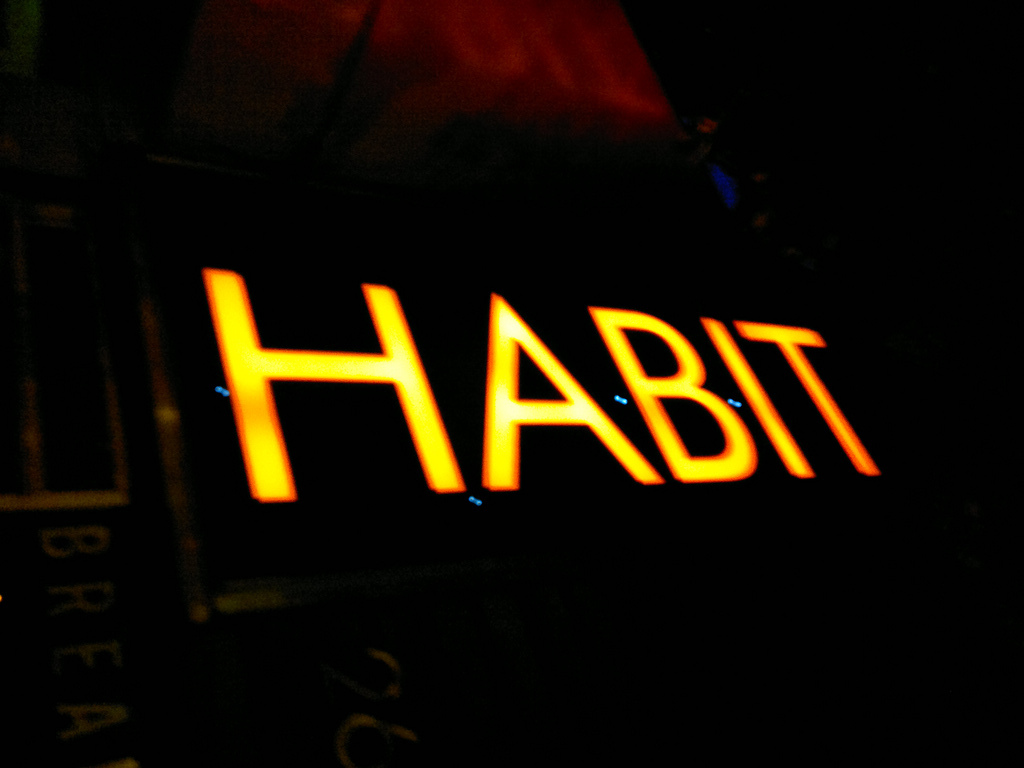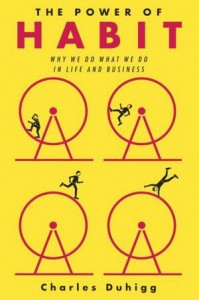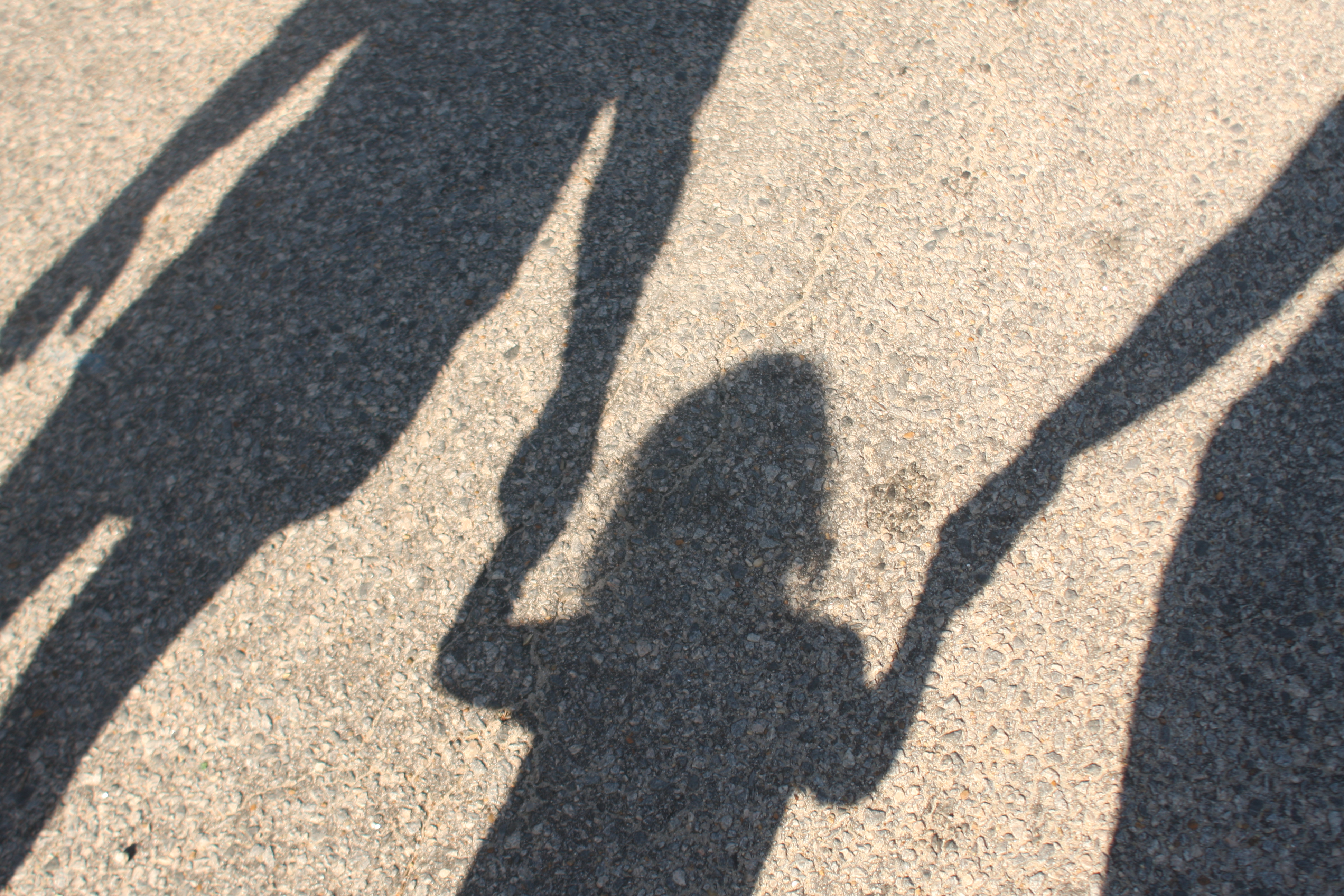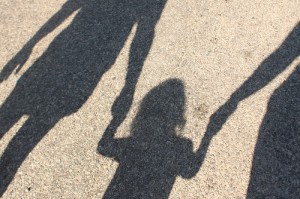A common and defining characteristic associated with international schools is that of transience. The ephemeral nature of many our community members’ tenures in international schools necessitates the ongoing management of change processes. The positive features of this constant change are the rich opportunities for personal growth, renewal, enrichment, and development of new relationships. However, this very same impermanence inevitably leads to our esteemed colleagues and beloved friends taking leave of our community as they seek to embrace new adventures and experiences. The reasons that some teachers take leave of our schools each year varies, from the need to return to their home country or the desire to work and live in a different part of the world, for example.
While the inevitable June 2015 departure of some colleagues is again a reality at the American School of Brasilia (EAB), we can take solace in the fact that personal and professional relationships will assuredly endure far beyond the end of this school year. Although there will be occasions next semester to formally recognize those who will be leaving EAB, the focus of this note is on the present and the importance of appreciating and making the most of the time we have today and in the near future with our very special colleagues and friends.
2015-2016 Recruitment Process: To date, ten EAB faculty will be leaving the school in June 2015 to pursue other interests. In terms of comparisons with past years, the number of departing teachers this year is lower that any of the past years on record. Looking ahead to recruitment for 2015-2016 and beyond, please note that, when EAB is recruiting candidates for positions, the openings are always posted in the EMPLOYMENT section of EAB’s website.
The hiring of teachers is arguable the most important element of my work as the Head of School. To that end, one of my main focus areas during the coming months will be the recruitment of teachers, which will include attendance at international recruitment fairs. The fact that EAB received well over 2,500 applications for employment last year is a very positive sign in terms of how our school is regarded in both the local and international communities.
I am often asked what we look for when hiring teachers. First and foremost, we are seeking to hire the best available teachers, regardless of nationality, who possess outstanding qualifications in their academic area, deep levels of relevant experience, leadership capacity, resilience, flexibility, and, of course, a passion for working with students and the learning process. An additional characteristic that is among the highest on our priority list is that of a positive disposition. The nature of effective teaching necessitates the ideal that teachers are eternal optimists, especially in terms of their belief that all students can reach their respective potentials. Furthermore, we owe it to our students to ensure a school setting that is comprised of people who are positive and optimistic, who see problems as opportunities, and who see the proverbial glass as always being half full. At the same, we cannot be Pollyannaish with respect to teaching and learning as teachers are needed to directly address the inherent challenges associated with student growth and program development, in a professional, effective, and empathetic manner.
Each year, EAB continues to further articulate and refine the EAB Teacher Profile, which is a document that outlines a set of guiding principles that are used to guide all hiring processes. In addition, EAB’s Leadership Team also examines the hiring, development, and retainment practices of highly successful organizations to determine what can be translated to a school setting. By way of example, we are currently studying Netflix’s human resource policy, called Freedom and Responsibility, which provides for engaging and reflective reading.
As EAB moves forward with all hiring processes using the guiding principles shared above, please feel free to review the EMPLOYMENT section of EAB’s website and forward job postings to anyone who may be interested in applying for one or more positions. All applicants are asked to submit a letter of interest and a resume to employment@eabdf.br.
______________________________________
Recrutamento de Professores
Uma característica comum e que define bem as escolas internacionais é a transitoriedade.
A natureza efêmera do mandato de muitos dos membros da nossa comunidade em Brasília exige um gerenciamento contínuo nos processos de mudança. Os aspectos positivos dessa mudança constante são as ricas oportunidades de crescimento pessoal, renovação, enriquecimento e desenvolvimento de novos relacionamentos. No entanto, essa mesma impermanência leva, inevitavelmente, a partida de colegas e amigos queridos da nossa comunidade, já que eles vão em busca de novas aventuras e experiências. A razão pela qual alguns dos professores vão embora da EAB a cada ano, por exemplo, vai desde a necessidade de retornarem ao seu país de origem até o simples desejo de trabalhar e viver em uma parte diferente do mundo.
Enquanto a inevitável partida de alguns colegas em junho de 2015 é, novamente, uma realidade na EAB, é possível usar como consolo o fato de que as relações pessoais e profissionais vão, certamente, durar muito além do fim desse ano letivo. Mesmo com o reconhecimento que faremos no próximo semestre para cada um que está deixando a EAB, o foco dessa nota é sobre o presente e sobre a importância em apreciar e aproveitar ao máximo, o tempo que temos hoje e num futuro próximo com os nossos colegas e amigos tão especiais.
Processo de Recrutamento 2015/2016: Até o momento, dez membros do nosso corpo docente vão deixar a EAB em junho de 2015 para irem em busca de outros interesses. Em termos de comparação com os anos anteriores, esse número diminuiu. Visando o recrutamento de 2015-2016 e para os demais, peço que atentem para as vagas que estão publicadas na sessão de EMPLOYMENT do site da EAB.
A contratação na EAB é, provavelmente, o elemento mais importante do meu trabalho como Diretor Geral. Para esse fim, uma das principais áreas de foco durante os próximos meses será sobre o recrutamento de professores que, incluí a minha participação em feiras internacionais de recrutamento. O fato de a EAB ter recebido mais de 2000 currículos no ano passado é um sinal muito positivo sobre como a nossa escola é considerada tanto nas comunidades locais, como nas internacionais.
Muitas vezes eu sou questionado sobre o que nós buscamos ao contratar um professor. Em primeiro lugar, nós estamos em busca do melhor professor disponível no mercado, independente da sua nacionalidade, com qualificações especiais em sua área acadêmica, níveis profundos e relevantes de experiência, capacidade de liderança, resistência, flexibilidade e, é claro, paixão por trabalhar com os alunos e com o processo de aprendizagem. Uma das características adicionais que está como prioridade em nossa lista é a boa disposição. A natureza de ensino eficaz requer que os professores sejam eternamente otimistas, especialmente em acreditar que todos os alunos podem alcançar seu potencial. Além disso, nós devemos isso aos nossos alunos, visando garantir um ambiente escolar composto por pessoas positivas e otimistas, que vêem os problemas como oportunidades e, que vêem o proverbial copo d’água como se estivesse sempre pela metade. Ao mesmo tempo, não podemos ser ingênuos no que diz respeito ao ensino e aprendizagem, já que os professores são necessários para abordar de forma direta os desafios inerentes ao crescimento do aluno e desenvolvimento de programas, de forma profissional, eficaz e empática.
A cada ano a EAB continua a articular e aperfeiçoar o perfil de seus professores através de um documento(the EAB Teacher Profile,) que articula um conjunto de princípios orientadores que, são usados em todos os processos de contratação. Além disso, a Equipe de Liderança da EAB também analisa a contratação, o desenvolvimento e as práticas de retenção das grandes organizações de sucesso, para determinar o que pode ser usado na configuração de uma escola. Por exemplo, atualmente, estamos estudando a política de recursos humanos da Netflix, chamada de Freedom and Responsibility, que prevê uma leitura envolvente e reflexiva.
Conforme a EAB avança em todos os processos de contratação, usando os princípios orientadores citados acima, por favor, sinta-se livre para rever a seção EMPLOYMENT do nosso site e, passar adiante para qualquer pessoa que possa estar interessada em se candidatar às nossas vagas. Todos os candidatos devem enviar uma carta de interesse e o seu currículo para employment@eabdf.br.
Featured image: cc licensed (CC BY-NC-ND 2.0 ) flickr photo by Dieter Drescher: https://www.flickr.com/photos/cosmosfan/14628522324


